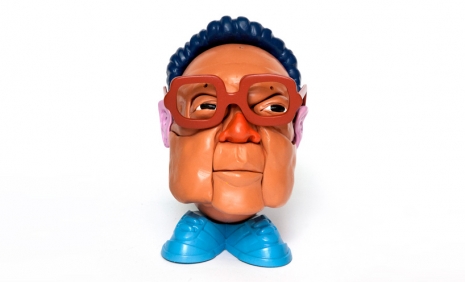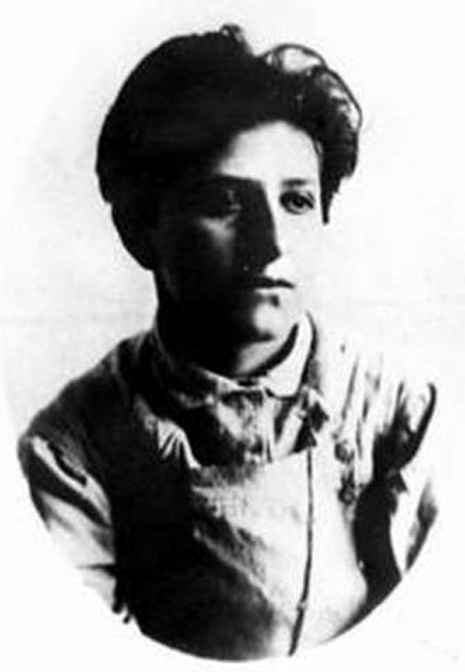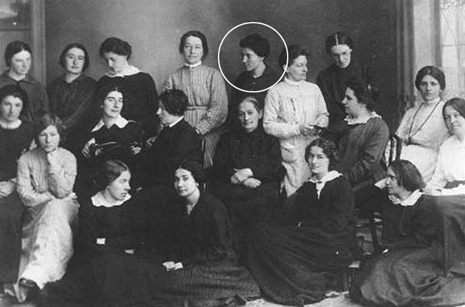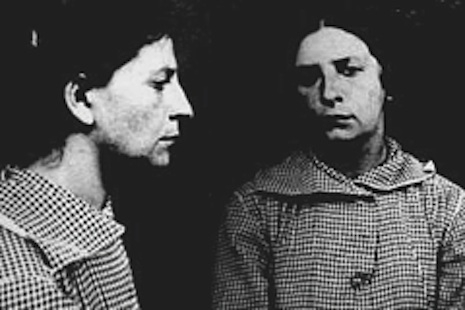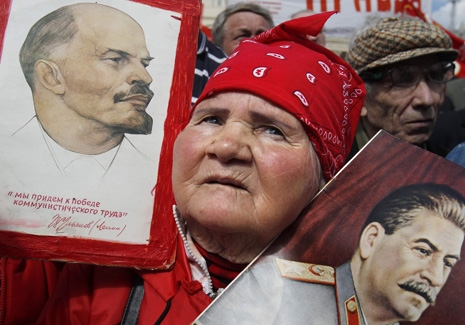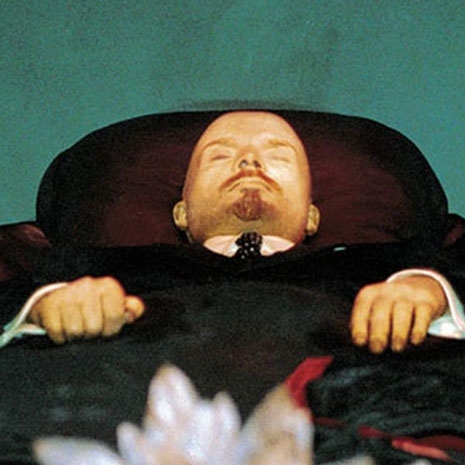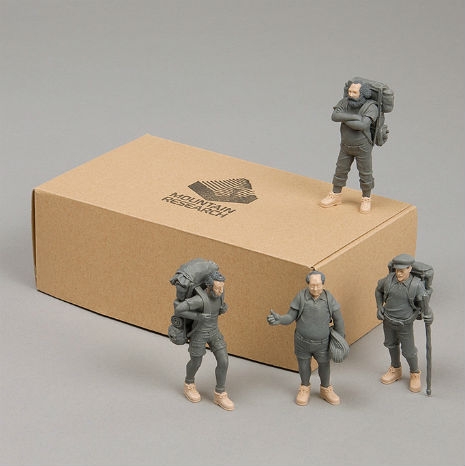
Vladimir Vladimirovich Mayakovsky (1893-1930) was a poet, playwright, artist and actor. He cut a rather dashing, nay swashbuckling figure—with his shaved head and Crowleyan features—during the height of the Russian Revolution. He dressed like a dandy. He was hailed as the “artistic genius of the Revolution.” Performed poetry exhorting workers to rally to the cause. Produced plays that were considered the greatest of their day. And he created a series of agitprop posters—promoting news and political ideas—that became an art form launching a whole new approach to Soviet propaganda and graphic design.
In the 1980s, I was fortunate enough to see an exhibition of Mayakovsky’s artwork at the the Fruitmarket Gallery in Edinburgh. The exhibition was dominated by his bright, colorful posters with their (often simplistic) political messages. These fragile yellowed sheets of paper had once been displayed in shop windows or distributed to the countryside to inspire the largely illiterate Russian populace.
When he was a student in 1907, Mayakovsky claimed that he’d:
Never cared for fiction. For me it was philosophy, Hegel, natural sciences, but first and foremost, Marxism. There’d be no higher art for me than “The Foreword” by Marx.
He was expelled from college for non-payment of fees the following year. He then involved himself with the Bolsheviks—distributing leaflets, organizing meetings, and on one occasion he helped a female prisoner escape from jail. Such activities led to his eventual sentence of eleven months in prison. Here he started writing poetry and the fusion of “Revolution and poetry got entangled in [his] head and became one.”
On his release, Mayakovsky dedicated himself to the socialist cause. Not as a revolutionary leader but as an artist producing “Socialist Art.” He performed poetry, wrote plays, disseminated political pamphlets and produced agitprop posters. His work as a playwright and poet brought him considerable success and fame. He became the leading figure among the young revolutionary writers and artists of the day.
Come the Russian Revolution, Mayakovsky saw no question on what had to be done. He embraced the revolution wholeheartedly. In 1919, he joined the Russian State Telegraph Agency (ROSTA). Here he was responsible for designing and writing many of the now legendary political posters. Unlike many of contemporaries, Mayakovsky kept to the tradition of hand-made posters—using linocut and stencils, rather than the more clean cut graphic design of Alexander Rodchenko—though the two did later collaborate on several designs.
Mayakovsky also embraced the artistic Futurist and Constructivist movements, which caused him to lose favor with some Party members including the new soviet leader Josef Stalin, who had replaced Lenin after his death in 1924.
During the 1920s, Mayakovsky became involved with the Left Art Front. In their manifesto the poet controversially stated the group’s policy as:
..[a] re-examining [of] the ideology and practices of the so-called leftist art, rejecting individualism and increasing Art’s value for the developing Communism…
As the decade progressed, Stalin implemented radical and oppressive changes which caused Mayakovsky to question the direction the Communist Party and the country were heading. He was deeply concerned by the oppression of the arts and the silencing of any dissenting voices. Mayakovsky raised some of his hopes and fears in a poem “Conversation with Comrade Lenin” in 1929, where he imagined himself giving a progress report to the dead soviet leader:
Without you,
there’s many
have got out of hand,
all the sparring
and squabbling
does one in.
There’s scum
in plenty
hounding our land,
outside the borders
and also
within.
Try to
count ’em
and
tab ’em -
it’s no go,
there’s all kinds,
and they’re
thick as nettles:
kulaks,
red tapists,
and,
down the row,
drunkards,
sectarians,
lickspittles.
They strut around
proudly
as peacocks,
badges and fountain pens
studding their chests.
We’ll lick the lot of ’em-
but
to lick ’em
is no easy job
at the very best.
Stalin and his cronies branded Mayakovsky as a “fellow traveler”—which damned the poet as untrustworthy. A smear campaign was orchestrated against him. He was denounced in the press and loyal party members barracked him during poetry readings. It seemed his fate had been sealed.
On April 12th, 1930, Mayakovsky committed suicide by shooting himself through the heart. His suicide note read:
To all of you. I die, but don’t blame anyone for it, and please do not gossip. The deceased terribly disliked this sort of thing. Mother, sisters, comrades, forgive me—this is not a good method (I do not recommend it to others), but there is no other way out for me.
Mayakovsky’s agitprop posters were never intended to be exhibited in galleries or museums. They were propaganda used to spread revolutionary ideas, to satirize and expose injustices, and inspire the mass of the Russian public to take control of their lives. Ironically, the message was lost and it was the museums and galleries that have kept Mayakovsky’s art and ideas alive.


Do you want to join? (circa 1920).
More of Comrade Mayakovsky’s posters, after the jump…
